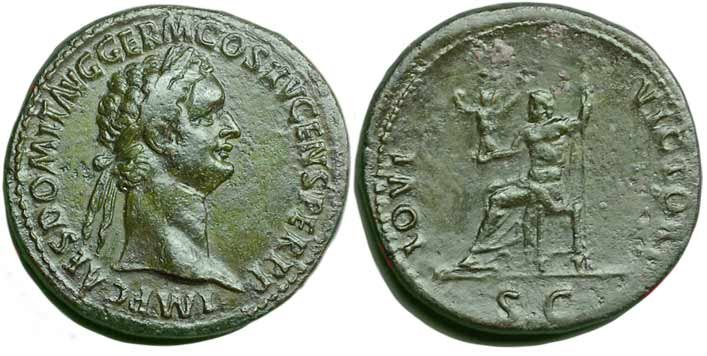Roman Coin Identification Guide for 2025: How to Identify, Date, and Value Ancient Roman Coins
Roman coins are among the most fascinating artifacts a collector can hold. Each piece reflects the power, economy, and culture of the Roman Empire. But for new collectors, identifying and dating Roman coins can feel overwhelming. With thousands of types, emperors, and mint symbols, where should you start?
This guide walks step by step through the essentials of Roman coin identification, with tips to help you understand their history and value.
1. Start with the Coin’s Material
Roman coins were struck in different metals, each with its own role:
-
Gold (Aureus → later Solidus): Reserved for high-value transactions and imperial propaganda.
-
Silver (Denarius, Antoninianus): The backbone of Roman commerce for centuries.
-
Bronze & Copper (As, Sestertius, Follis): Everyday coins for markets and trade.
👉 For a deeper look at silver types, see our guide on Roman Silver Coins: Value and History.
2. The Obverse – The Portrait of Power
The obverse (front) usually shows an emperor, empress, or deity.
-
Portrait style: Early Republic coins feature gods; Imperial coins focus on rulers.
-
Legends (inscriptions): The Latin text names the emperor and titles.
Example: “IMP CAESAR VESPASIANVS AVG” → Identifies Emperor Vespasian.
👉 Learn more about Roman Emperors on Coins and how portraits changed across centuries.
3. The Reverse – Symbols & Messages
The reverse side was Rome’s propaganda billboard:
-
Military: Soldiers, standards, victories.
-
Religion: Temples, gods, cult symbols.
-
Economy: Ships, grain, cornucopia.
👉 A famous example is Constantine’s coinage with the Chi-Rho — symbolizing the rise of Christianity.
Read our feature: Byzantine and Christian Symbols on Coins.
4. Mintmarks – Tracing the Origin
Late Roman coins often show mintmarks in the exergue (bottom of reverse).
-
“ROMA” = Minted in Rome
-
“ANT” = Antioch
-
“SMH” = Heraclea
👉 See our Mintmarks Guide for Collectors.
5. Dating Roman Coins
-
Republican (509–27 BC): No portraits of rulers, mostly gods.
-
Imperial (27 BC – 476 AD): Nearly all show emperors.
-
Late Roman/Byzantine (3rd–5th c. AD): Christian imagery dominates, mintmarks more prominent.
👉 For early history, check Early Roman Republican Coins.
6. Value Factors – What Makes a Roman Coin Worth Collecting?
A coin’s market value depends on:
-
Rarity – Was it common or special issue?
-
Condition – Is the portrait sharp or worn?
-
Historical importance – Coins of Caesar, Augustus, Constantine fetch higher premiums.
-
Metal – Gold & silver coins generally hold stronger value.
👉 See our full Roman Coin Values Guide with collector charts.
7. Collector Tools & Resources
-
Books: “Roman Imperial Coinage (RIC)” series
-
Databases: OCRE, Wildwinds
-
Magnifiers: 10x loupe or digital microscope
Conclusion
Roman coins aren’t just money — they’re miniature time capsules of history. With practice, you’ll learn to read inscriptions, spot emperors, and decode ancient symbols. Whether it’s a humble bronze sestertius or a rare gold aureus, every Roman coin connects you directly with the empire that shaped Europe.
👉 Want to go deeper? Download our free Roman Coin Identification PDF Guide 2025 below and start building your collection with confidence.
